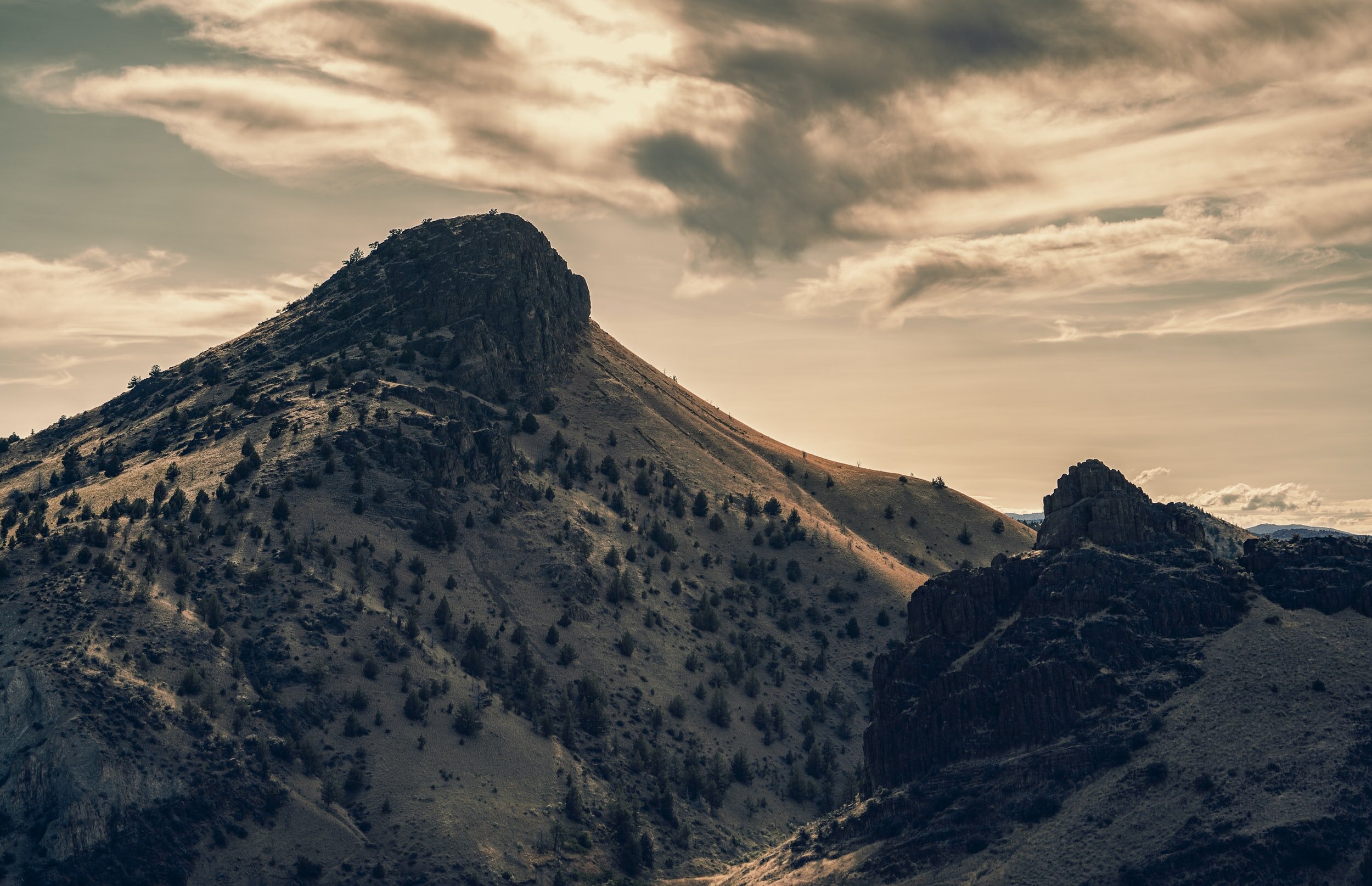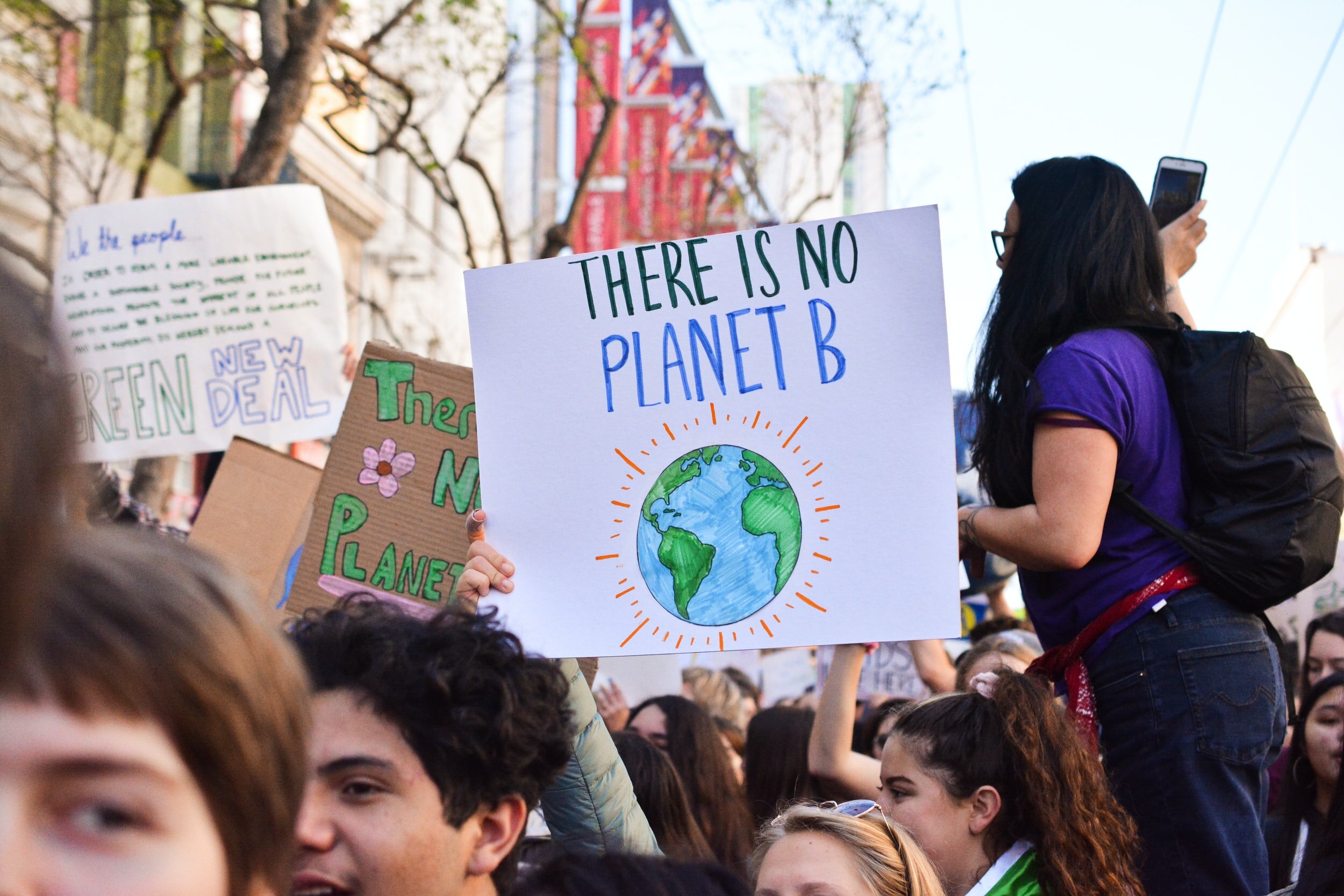
Climate
LAND USE PLANNING LAYS THE GROUNDWORK FOR AN ADAPTABLE AND EQUITABLE FUTURE.

LAND USE & CLIMATE CHANGE
Re-thinking the way we grow
Today’s biggest contributors to climate change are tied to our built environment. Where we live and work and how we travel determine our impact on this planet. Greenhouse gas emissions from transportation are the biggest contributor to climate change nationally. In Oregon, transportation accounts for 40% of statewide emissions.
Knowing what we know about where the bulk of carbon emissions means we can make significant and meaningful changes, and soon.
If we build up before we build-out, we’ll see a positive transformation for a more climate-friendly future.
Compact growth protects surrounding open space and leaves more natural areas intact. These provide important “carbon sinks” that convert CO2 to oxygen.
By building in and up first, housing remains close to the community centers people rely on. Rather than building new roads or needing to travel further distances in a car to reach work, school, and services, compact growth makes efficient and convenient use of space, all while lowering greenhouse gas emissions from vehicle miles traveled.
A huge contributor to greenhouse gas emissions is our energy use, primarily for heating and cooling buildings and homes. This adds up in costs of utility bills and in cost to the planet. By promoting more compact growth in the heart of cities and towns, we can decrease energy consumption.
In 1973, the people of Oregon approved a visionary land use system to protect our natural resources and encourage well-planned cities and towns. By thoughtfully guiding growth, Oregon has been able to develop more compact neighborhoods that reduce major carbon emitters, like vehicle miles traveled.
Right now, we are working on a huge opportunity to build a better climate future for Oregon.
Preventing Sprawl
STATEWIDE ZONING
All land in the State is zoned as either rural or urban. Rural lands are protected by limiting what can be developed, protecting open land for farming and wildlife, while urban land is planned for development. Though climate change was not on anyone’s mind at the time, the framework Oregonians set up in 1973 has prevented fifty years’ worth of sprawl and the additional damage to our atmosphere that would have come with it.*
*It has also helped communities reduce risk of natural hazards by requiring them to be considered during planning processes – especially reducing the risk of destruction by wildfire by limiting sprawl into the Wildland Urban Interface (WUI).
BE A CLIMATE CHAMPION
With more people moving to Central Oregon every day, the most impactful thing you can do to fight climate change is to help us advocate for well-planned cities and towns that have compact, complete and vibrant neighborhoods for all.

